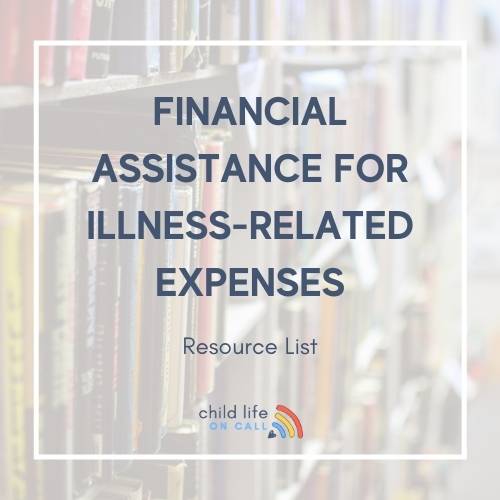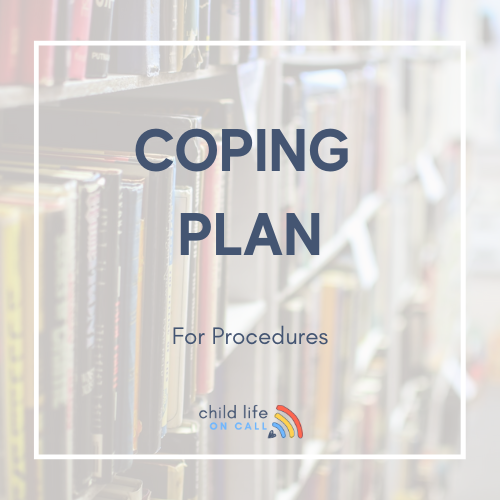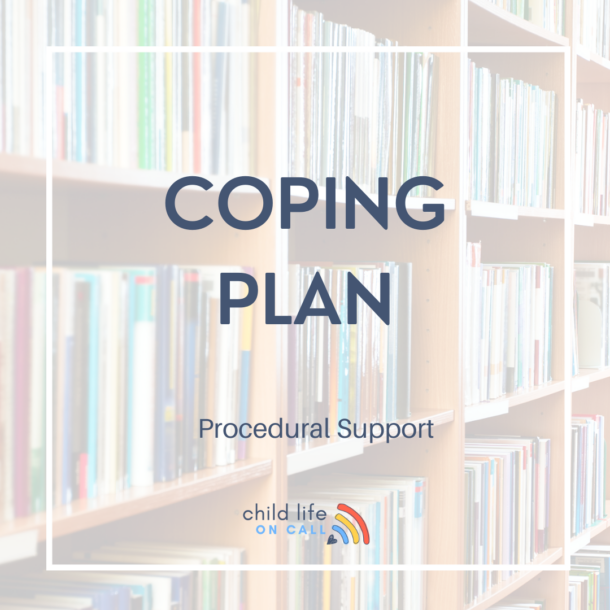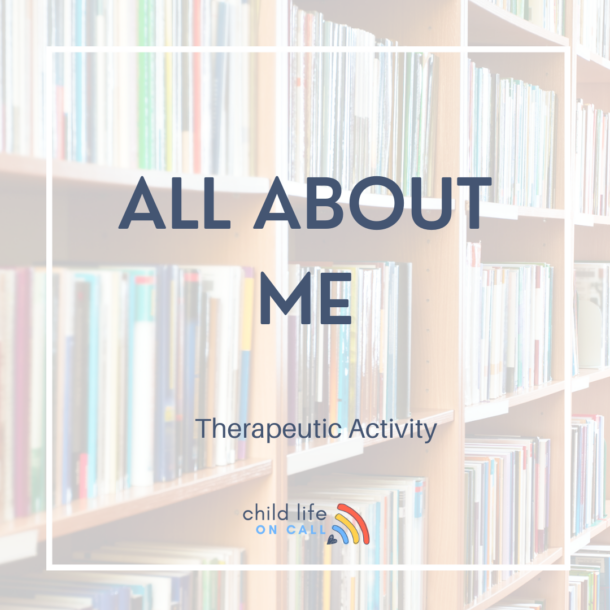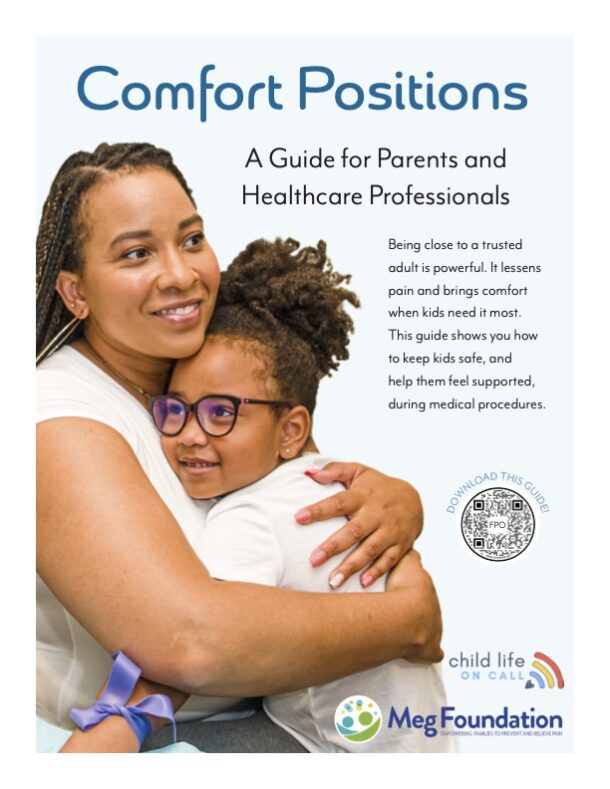By: Katie Taylor, CCLS Child Life On Call
This is a sponsored post by Gebauer Company, makers of Pain Ease instant topical anesthetic skin refrigerant. This post is sponsored by the Gebauer Company. All opinions and views are my own.
After a decade as the child life specialist for children and families in medical settings, I’ve observed hundreds of children, and adults, demonstrate signs of anxiety and fear when it comes to getting “shots.” These signs range in severity from a mild “I don’t like shots” to complete refusal which leads to skipping the intended procedure altogether.
Being fearful or anxious about medical procedures, like shots or vaccines, can manifest in many different ways that impact your daily life. You could spend hours, days or even weeks dreading an upcoming doctor’s appointment. Your own feelings around needles can trickle down the family line and affect your child’s idea about doctor visits. Or more seriously, it can cause you to refuse or delay important medical advancements, like vaccines, which are designed to keep you and the rest of the population healthy.
Because this fear of needles is real and has been shown to be present in the majority of children and 20% of adults, it’s important to know the steps for partnering with patients to come up with a vaccine coping plan.
Coping Plans for Patients with a Fear of Needles
A coping plan can be created in many different ways from a short, verbal conversation to a detailed document with specific preferences for each step of the way. Since we know that “the lead up” to the vaccine poke can be filled with the most anxiety symptoms, this can be a great time to discuss options and give control back to the patient.
Stage the environment
Starting with the environment, allow the patient to take control of how they want the room to feel and the position they want to be in. Here are some ideas for promoting opportunities for control of the patient’s environment:
- Lights bright or dimly lit (if lights must stay on, can the patient wear sunglasses or close their eyes?)
- Blanket on or off? If you have a blanket available, consider allowing the patient to cover a portion of their body to help them from feeling so exposed.
- Caregiver or support person close by or waiting in another room?
Prepare for the event
Next, discuss how the event will play out and allow the patient to partner with you to come up with a game plan.
- Offer and demonstrate the effectiveness of patient comfort options such as a cold spray like Pain Ease. Demonstrate on yourself or a part of their body exactly what the sensation will be like and what the benefits are.
- Walk through the sequence of events focusing on what the patient will hear, see, feel, smell and taste.
- Allow for choices in what the patient will do during the poke. Are they choosing to watch the needle or look away? Would they like to squeeze a ball or watch a show on their phone?
Come up with a plan for after so the patient knows the end is in sight.
- As soon as the poke is over, tell the patient you’ll put a small band-aid on the location of the vaccine that they will wear for at least 30 minutes.
- Ask what their plans are for after the procedure.
Fear and anxiety are part of everyday life at any age. Recognizing when these feelings are more likely to occur, such as visits that require shots, and having a plan of action to deal with those feelings can help. Following these tips can help make a frightening experience a little more pleasant for everyone – including you, the caregiver.
Pain Ease Important Risk and Safety Information:
Consult your pediatrician when using on children 4 years old and younger. Do not use on large areas of damaged skin, puncture wounds, animal bites or serious wounds. Do not spray in eyes. Over spraying may cause frostbite. Freezing may alter skin pigmentation. Use caution when using product on persons with poor circulation. Apply only to intact oral mucous membranes. Do not use on genital mucous membranes. The thawing process may be painful and freezing may lower resistance to infection and delay healing. If skin irritation develops, discontinue use. CAUTION: Federal law restricts this device to sale by or on the order of a licensed healthcare practitioner.



